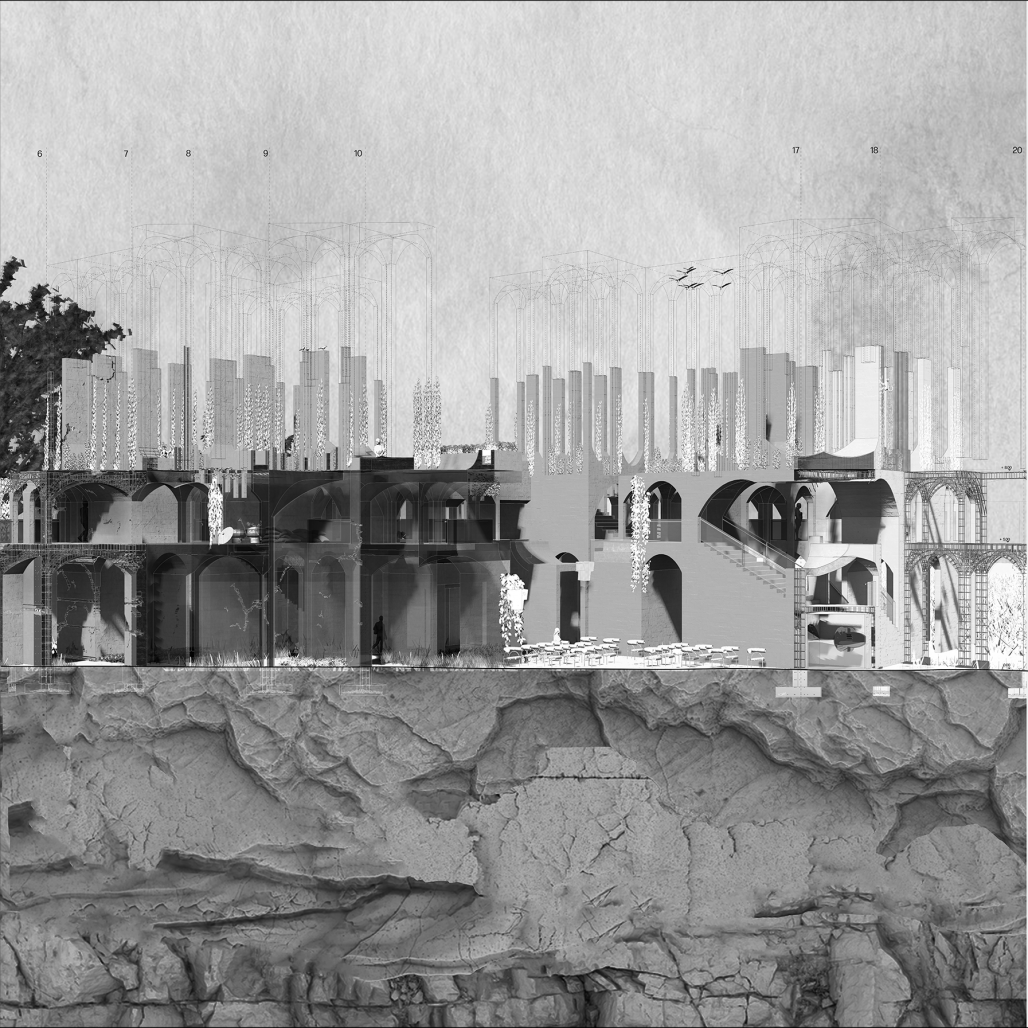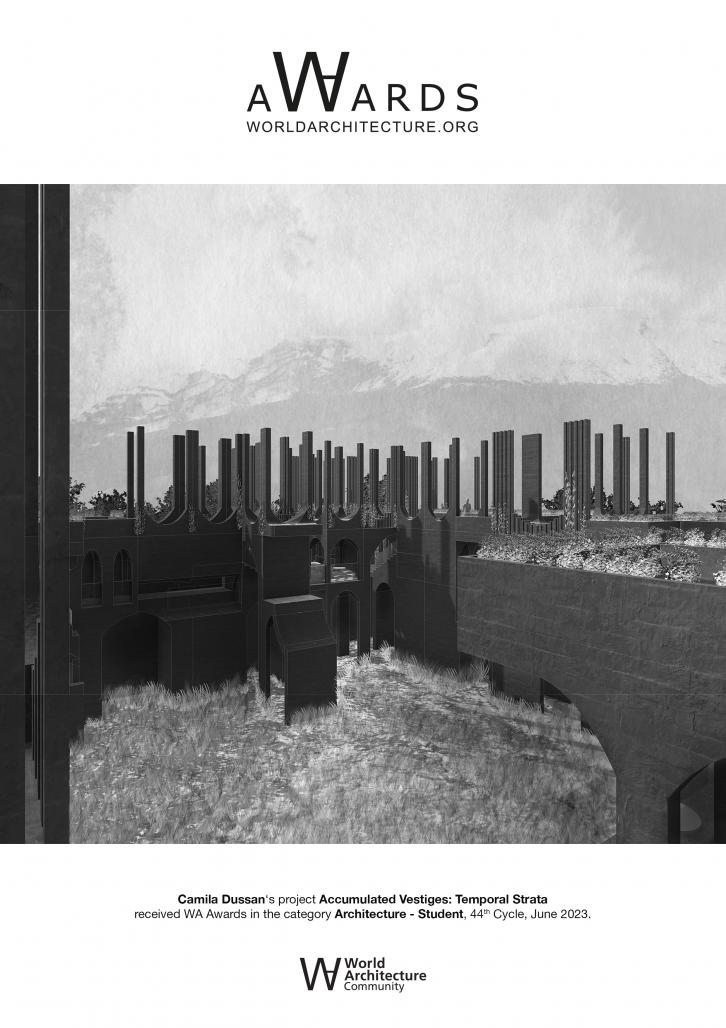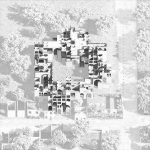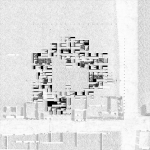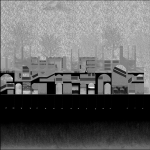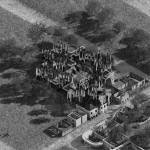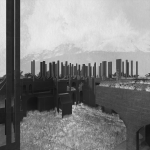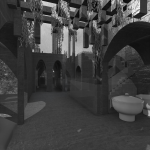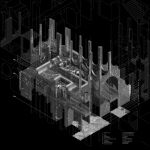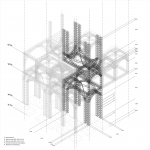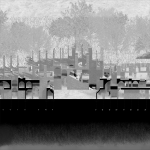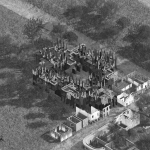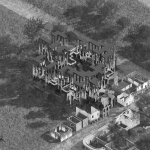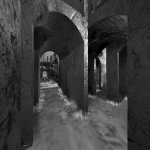The project is located in the vestiges of Armero, Colombia, a city brutally devastated by an avalanche caused by the eruption of Nevado del Ruiz. The ruins are a labyrinth of walls, arches, latticework, and voids that intertwine with nature. Armero has a history of overlapping strata; the architectural piece is one more layer. The project is a labyrinth that seeks to architect the forest and reinterpret the ruin and the old blocks, creating spaces for travel and reflection. In order to evoke the vestiges and create feelings, the arch was used, found in Armerite architecture. The arch evokes the past, becomes the element that makes the void visible, and allows us to remember what was once there. The accumulation of these pieces creates rhythms that weave connections between the different layers of memory as it recalls the past, interacts with the present, and provides a structure for the future. Likewise, the project fades towards the clearing to house the heterotopic event and vertically to settle the following strata. In the middle of the labyrinth are pristine interior gardens for an intimate space and disconnection from the chaos that surrounds it. In the conjuncture stratum, there are vertical gardens that create atransition to the last stratum. Finally, the layer of life creates a garden in movement that grows freely and supports the current natural ecosystem. Finally, the accumulation of the pieces aims to reconcile memory by creating a space to honor the void left by violence.
2022
The rigid materials are reinforced concrete and glass since they come from sand and rocks under different conditions to create a new layer of memory. The concrete is made of a mixture of limestone, silica, and black iron oxide pigment, with a natural cure to have a high abrasion due to wear without losing its structural capacity so that in a short time, the concrete will begin to wear down, alluding to the traces. While the glass, being a smooth and unpolluted material, will remain with minor wear. Creating a space of control and lack of control. The soft materiality is the shadow and diffused light, both present in the vestiges of Armero and the architectural piece. This soft material creates a confusing space, leading to getting lost and walking aimlessly. Additionally, the project has a rainwater collection system to generate enough hydraulic power to supply the project. Similarly, rainwater is stored to irrigate interior gardens and to supply the service areas.
Design: Camila Dussan
Tutors: Daniela Atencio, Claudio Rossi & Daniel Bonilla
Accumulated vestiges: temporal strata by Camila Dussan in Colombia won the WA Award Cycle 44. Please find below the WA Award poster for this project.
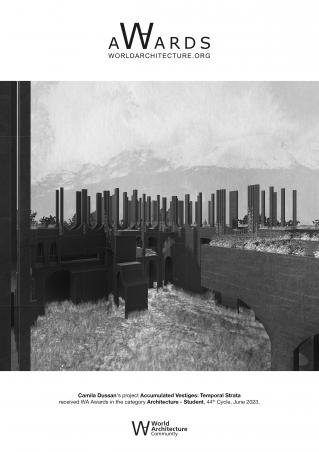
Downloaded 0 times.
